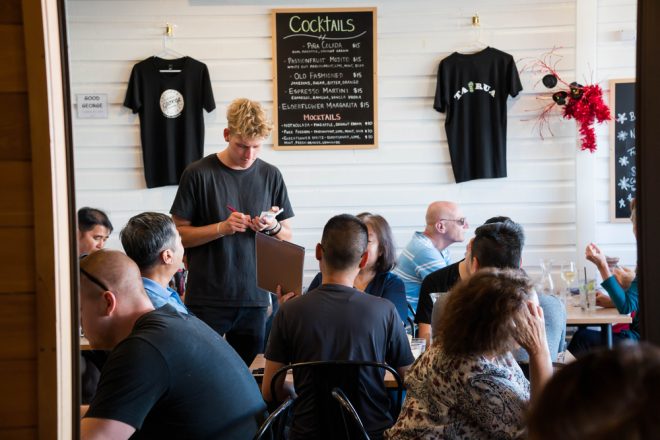在第四级封锁下,许多企业不得不输掉。关闭对酒店行业的影响最大。对于在该行业就业的人来说,了解自己在获得报酬方面的权利非常重要。
我应该在封锁期间还能得到报酬吗?
是的,你的雇主必须继续履行你的雇佣协议,即使四级意味着你不能工作。这里有一个警告,因为像这样的就业问题需要解释,而且不一定是硬而快的规则。但是,就业关系管理局去年作出的一项决定证实,由于 Covid-19 而关闭工作场所并不单单允许雇主扣留工资。这是因为你已经准备好并能够工作,但是你无法控制的情况(封锁)意味着你不能。
如果我的雇主必须在四级关闭,我必须休年假吗?
不。你的雇主只能要求你在 14 天通知的情况下使用年假权利。
病假怎么样?
由于封锁,雇主不能让员工休病假。
我如何获得工资补贴?
你的雇主应该代表你获得补贴,如果由于警报级别的变化而使他们的收入下降至少 40%,则将补贴转给你。
我有资格从工资补贴中获得多少钱?
每名全职员工每周 600 美元的工资补贴(每周 20 小时或以上),每名兼职员工每周 359 美元(每周少于 20 小时)。
一般来说,根据雇佣协议,你应该像正常一样领取薪酬。
如果这不可能(即你的雇主真的不能),他们必须尽最大努力支付你平常工资的至少 80%。否则,他们至少必须向你支付全额补贴率。
我每周工作时间不同 —— 我有资格领取补贴吗?
是的,它只是变得更加困惑一点。你有权获得平均工资时数。
如果你工作时间可变,雇主应该使用某种平均值。如果您通常工作时间超过这些时间,则不应基于合同中的最低保证时间。
我是临时员工 —— 我能得到补贴吗?
临时工没有资格从事持续工作,因此不能保证你会继续受雇。但是你的雇主仍然可以代表你申请工资补贴并相应地向你支付。对于临时雇员,平均工资的上述计算适用同样的计算方法。
我的老板可以用我的工资补贴中剩余的东西来支付其他费用吗?
不。任何差异只能用于增加其他受影响员工的工资 —— 工资补贴旨在让雇主与雇员保持联系。





























































